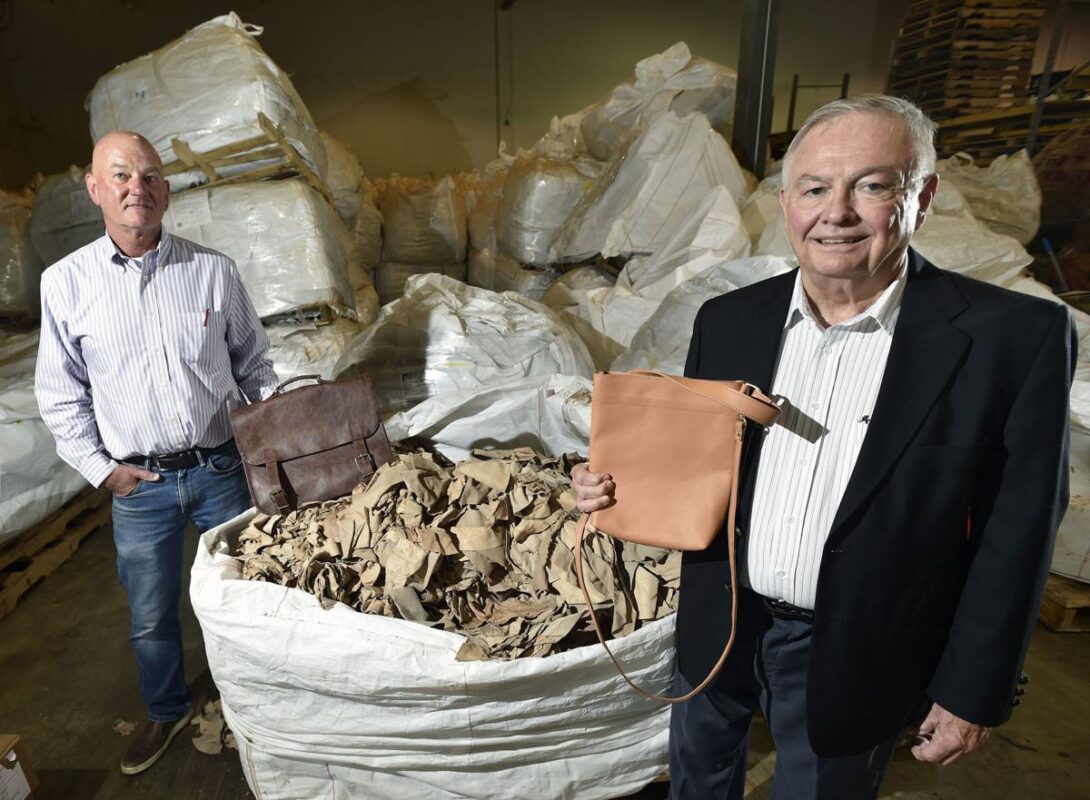Sustainability is becoming a major point of contention across global industries. As official predictions become increasingly dire, a response to the urgent topic of climate change is placing emphasis on environmentally damaging business practices.

The IPCC’s special report on Global Warming explains that limiting global warming to 1.5 degrees compared to 2 degrees will ensure a more sustainable and equitable society. As of now, we have just 9 years as a planet to cut carbon emissions before experiencing “climate disaster”. Due to this, a multitude of fashion houses have launched sustainability initiatives.
Sustainability Focus
Sustainability-focused fashion is becoming increasingly important from a marketing perspective. Brands including Gucci and Moncler have announced carbon neutral goals by 2030. Adidas, Levi Strauss & Co, and Kering amongst others, are also signatories of the Fashion Industry Charter for Climate Action. LVMH is a signatory of the United Nations Global Compact. Brands including Hilfiger and H&M have released collections with recycled elements. Whilst many brands have released recycled or up-cycled pieces which utilise materials like cotton or denim, an area which is often ignored is leather. This is due, in part, to a move towards cruelty-free fabrics.
Traditional methods of processing and manufacturing leather are known to produce large amounts of toxic runoff. The process of manufacturing also leaves smaller scraps of leather behind, which are difficult to reuse. The leather market, like every other market, needs waste solutions. According to the US Environmental Protection Agency, the landfill was in receipt of 5 million tonnes of municipal waste rubber and leather in 2018.
All Timberland Products To Be 100% Circular By 2030

To address the increasing environmental impact of its operations, Timberland have announced a goal for its products to have net-positive impact on nature by 2030. The brand is aiming to design one hundred percent of its products for circularity and source one hundred per cent of its materials from regenerative agriculture.
“The environment today is in a degraded state. As a footwear and apparel brand, we are part of the problem,”
Stated Colleen Vien, director of sustainability for Timberland,
“For decades Timberland has worked to minimize our impact, but it’s time to do better than that. Imagine a boot that puts more carbon back into the land than was emitted during production. By following nature’s lead, and focusing on circular design and regenerative agriculture, we aim to tip the scales to have a net positive impact — to go beyond sustainability and help nature thrive.”
Source: Sustainablebrands.com
Sustainable Startups
In March 2012, Pennsylvania-based Thomas Tymon and Franklin Fox established Lancaster. These sustainable composite partners specialise in engineering. They offer innovative, sustainable leather solutions, turning scraps into reusable leather sheets.

Over the last several years, tens of thousands of pounds of scrap leather have made their way into a warehouse in Greenfield Corporate Center. This is where it is turned into the raw material for this innovative startup.
“It is a product that matches the quality of leather — hide leather — in all characteristics,” says Frank Fox, a former manufacturing industry executive and owner of the former Aussie & the Fox restaurant in Lancaster who founded the company with Tom Tymon.
Source: lancasteronline
In good news for the environment, sustainable fabric startups are becoming increasingly popular.
Subscribe to FIB’s Weekly Alchemy Report for your weekly dose of music, fashion and pop culture news!






